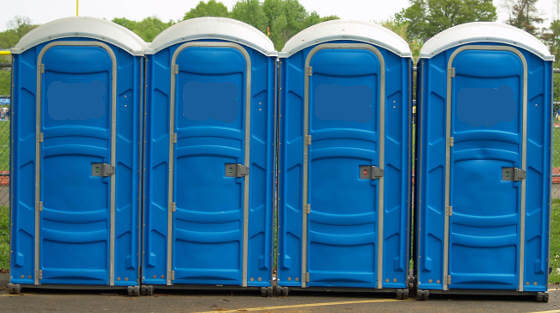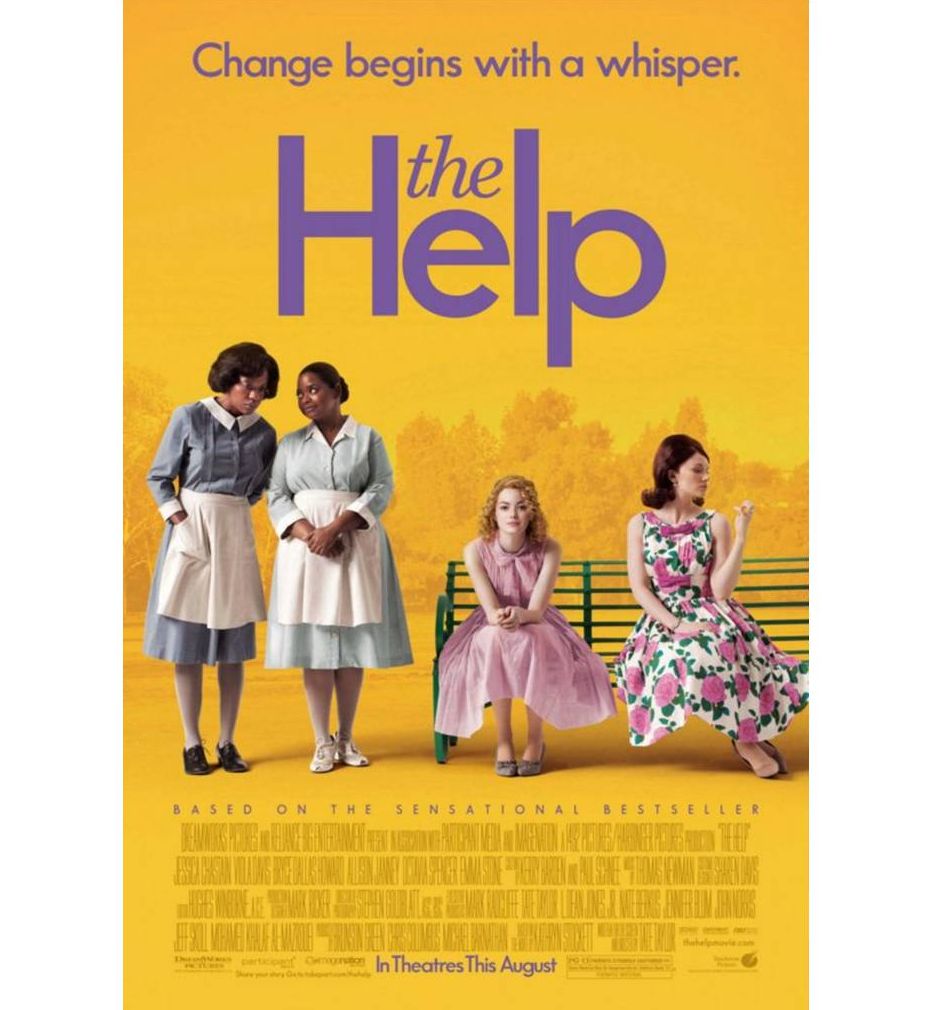Are you old enough to remember this? I'm not, but just barely not. What a black eye on American society! Separate but equal was anything but, in every way.
Decades ago, when the fight for civil rights was in full swing, separate restroom facilities were nothing more than a way to make sure that whites didn't have to share facilities with blacks, a policy often couched in an air of being safe and appropriate for everyone. The novel (and movie) "The Help" began with a white family constructing a separate toilet room for their black nanny... framed as a health and safety issue. Hardly!

The Obama administration stood up for transgender students and against hatred and bigotry on May 13th by issuing a directive that all school districts must allow students to use restrooms for the gender they identify with.
I agree with this wholeheartedly. I cannot imagine how difficult life already is for these young people without having to worry about being bullied in a school bathroom.
I have been in plenty of restrooms alongside women whose appearance may suggest that they are transgender, and so what? Women and transgender persons who identify as women enter the restroom, go into a stall, close the door and do their business. They come out, wash their hands and go. Men and transgender persons who identify as men do not have to stand at a public urinal in a mens room; they can use a stall in there as well. Frankly, this all seems like a non-issue, and it most often is. But not to certain people who use fear as a way to try and advance their anti-LGBT causes.
One suggestion posed by some people is that public places could offer womens, mens, and an "either/or" option. But why should transgender people have to go into a restroom like that and signify to people that they are an "other"? Jennifer Finney Boylan speaks very eloquently to this point in an interview with Chris Matthews. She was featured along with an anti-LGBT activist who, when pressed hard and rightfully so by Matthews, with the challenge, "Tell Jenny which bathroom she should use", had at first, no answer, but then eventually posed the "special restroom for those people" option.
The fact is that many public places already have a separate bathroom available to any gender, sometimes labeled as a "family" restroom where moms on their own with little boys or dads on their own with little girls can safely take them when the need arises and they are too small or young to use the restrooms all by themselves.
Presumably these facilities are available to transgender persons, but again, why should they have to make this choice?

And of course, if you've ever been to an outdoor music festival, art fair, fireworks show, county park, trail or public playground, you may have relieved yourself in a unisex "restroom" like these... they are available for anyone who needs them.
But now, 11 states are suing the federal government because they do not want to comply with the president's directive to schools. Which states? States with Republican governors and legislatures. That should tell us something. And it's not good.
So what can we do? What will I do?
As a woman, an educator, a wife, a mother and a grandmother I will stand up for the rights of transgender people because they deserve the same rights as the rest of us.
As a Christian, I will not use religion as an excuse to deny rights to human beings because I believe that we are all children of God, all equal.
As an American, I will vote for politicians and the party that stands up for and protects the rights of all.








.JPG)






